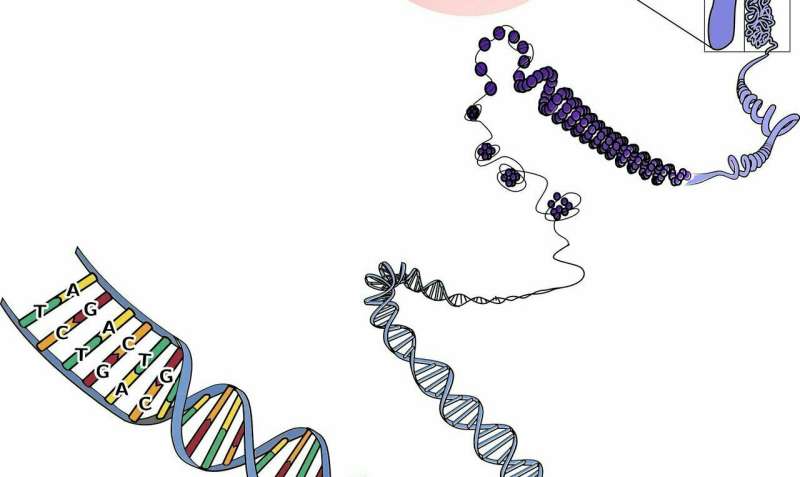Interest in RNA editing heats up

The gene-editing technology known as CRISPR has attracted much excitement and investor interest with its potential to someday treat diseases by fixing faulty copies of genes. But recently, a different approach called RNA editing, which could offer advantages over CRISPR, has been gaining ground in academic labs and start-ups, according to an article in Chemical & Engineering News (C&EN).
RNA editing uses an enzyme called ADAR to make precise edits to RNA, the shorter-lived cousin to DNA that acts as a blueprint for proteins. Researchers direct ADAR to specific RNAs with a guide sequence attached to the enzyme. Unlike CRISPR gene editing, the effects of RNA editing are reversible because cells are constantly making new copies of RNA. Therefore, RNA editing avoids the risks of permanent gene editing with CRISPR, writes Assistant Editor Ryan Cross, and could also be used to treat temporary conditions, such as pain or inflammation.
However, finding an easy way to control how ADAR makes its edits has been challenging. Researchers have tried chemically attaching ADAR to a guide RNA, adding an RNA-binding protein or even linking the catalytic portion of ADAR to the bacterial Cas9 enzyme used in CRISPR. However, these approaches require getting the modified enzymes into human cells. Some researchers are working on using human cells' own ADAR for RNA editing, by introducing chemically modified guide RNAs that recruit the editing enzyme and direct it to specific RNAs. With researchers and investors becoming increasingly interested in this approach, RNA editing could someday give CRISPR a run for its money, Cross writes.
More information: "Watch out, CRISPR. The RNA editing race is on," cenm.ag/crispr-rna
Provided by American Chemical Society





















